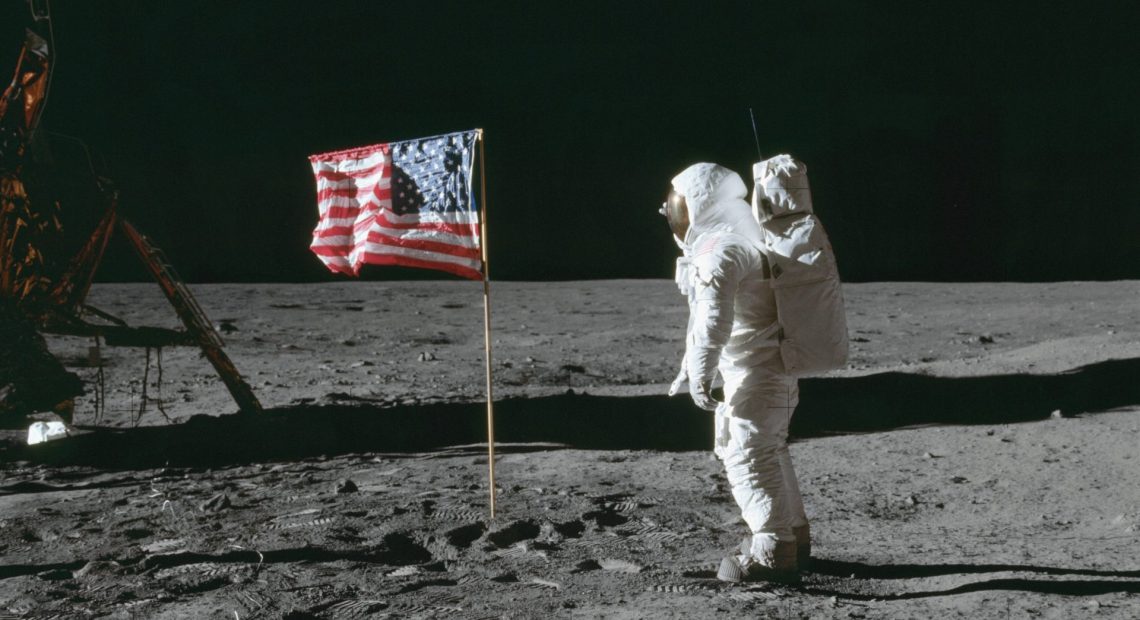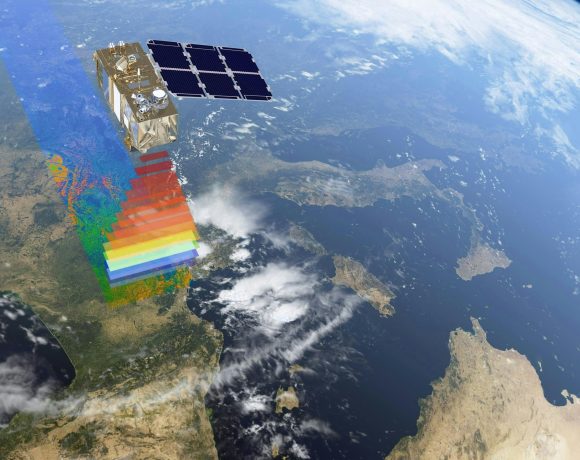Do you know what Coordinated Lunar Time is?

NASA is working on the answer
NASA has announced plans to develop a Coordinated Lunar Time (LTC) standard, a crucial step following a policy directive from the White House issued in April 2024. This initiative, spearheaded by NASA’s Space Communication and Navigation (SCaN) programme, aims to create a timekeeping system for the Moon to support a sustainable lunar presence and future exploration across the solar system.
The LTC will be based on a weighted average of atomic clocks situated on the Moon, similar to how Coordinated Universal Time (UTC) is calculated on Earth.
However, the precise location of these clocks on the Moon remains under investigation. Initial studies suggest that atomic clocks on the lunar surface may run slightly faster than Earth ones, with differences measured in microseconds—one-millionth of a second.
To illustrate, a hummingbird flaps its wings about 50 times per second, each lasting roughly 20,000 microseconds. While 56 microseconds might seem negligible, even minute discrepancies can accumulate significantly in space.
Huge disparity
Cheryl Gramling, NASA’s lead on lunar position, navigation, timing, and standards, explained: “For an object travelling at the speed of light, 56 microseconds equates to a distance of roughly 168 football fields. Without adjustments for relativity, an observer on Earth could miscalculate the position of a Moon-orbiting astronaut by this amount.”
As NASA’s Artemis programme gears up to establish a long-term presence on and around the Moon, the new time standard will be essential for ensuring the safety and accuracy of future space missions. The system will also be adaptable for use on Mars and other celestial bodies, facilitating extended exploration efforts.
Dr Ben Ashman, NASA’s navigation lead for lunar relay development, highlighted the importance of this initiative: “With the expansion of commercial space activities and international involvement on the Moon, a unified time standard is vital for safe, resilient, and sustainable operations.”
NASA’s SCaN programme, which supports over 100 missions through its Near Space Network and Deep Space Network, is integral to space communications and navigation. These networks assist with everything from monitoring Earth’s climate to supporting lunar exploration and beyond.
Featured image: NASA astronaut Buzz Aldrin, lunar module pilot, poses for a photo beside the US flag placed on the Moon at Tranquillity Base during NASA’s Apollo 11 mission landing on July 20, 1969. Credit: NASA













